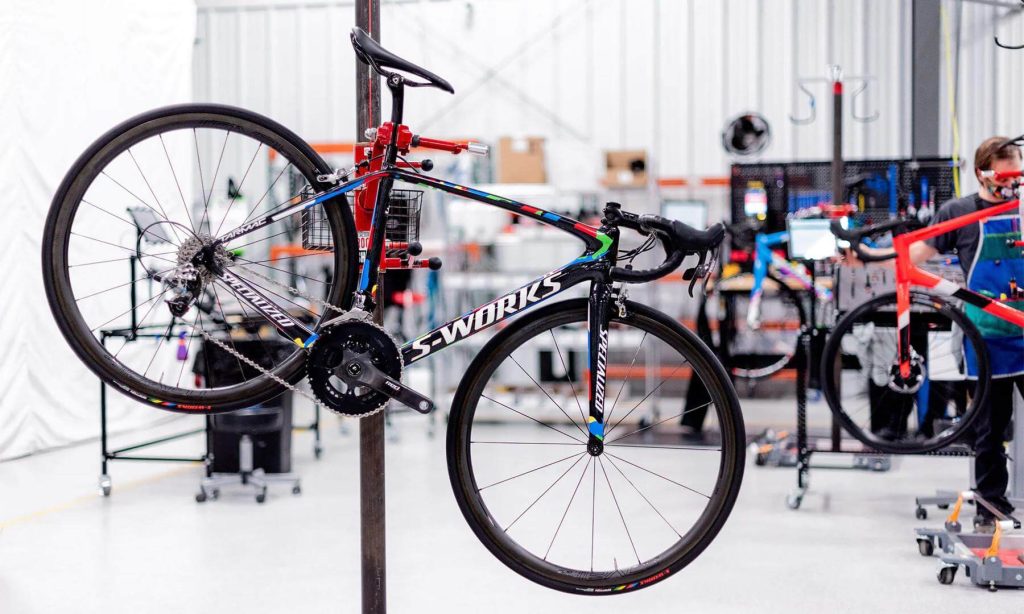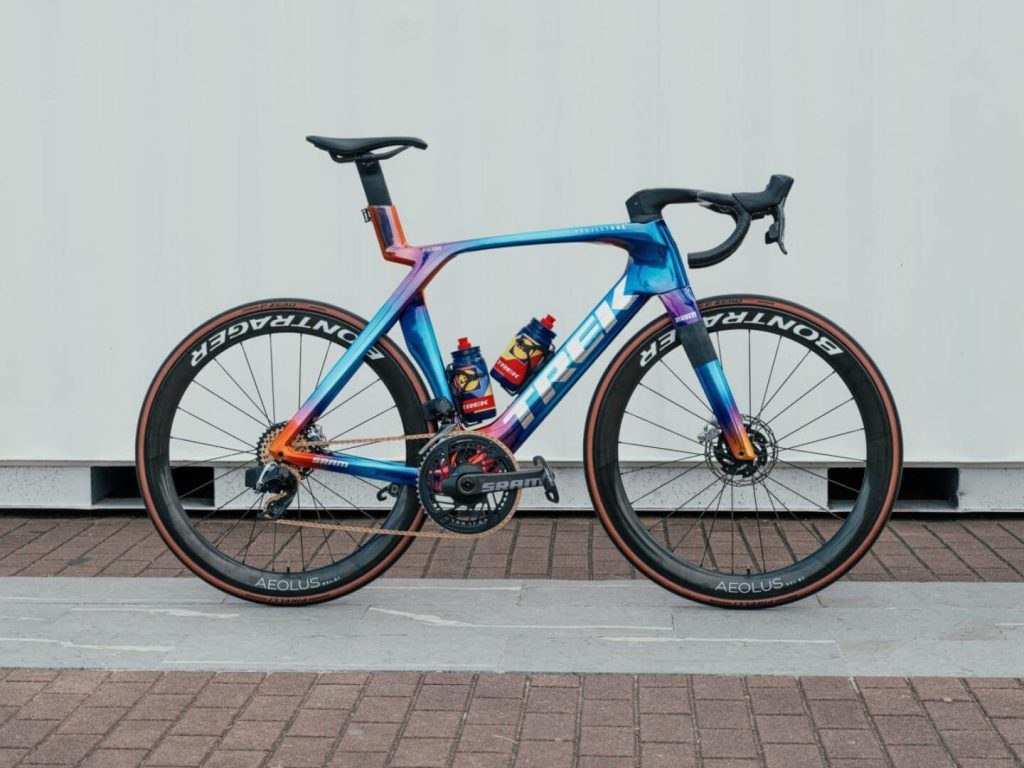The spike in bicycle prices is hard to ignore. If you’ve been keeping an eye on the market for new bikes, you’re probably aware of how much they can cost these days. Modern super bikes can cost as much as a brand new car.
But how and why is this happening? After all, a road bike has very few components compared to a motorcycle/car and, most obviously, no engine. So why is the price “biting”?
Table of Contents
- Could it be a problem of market volume?
- The Costs of Technological Progress
- Race Ready Out of the Box
- Bicycles Have More Spec Options
- Profitability
Could it be a problem of market volume?
It’s commonly believed that the larger the scale of production, the cheaper it becomes. Robots, bulk material purchases, and refined production processes all contribute to reducing the cost of the final product.

In 2022, 143 million bicycles were sold worldwide. This is nearly three times more than the number of motorcycles sold during the same period. At first glance, this seems to justify the cost of bicycles.
However, upon closer analysis, it becomes apparent that the overwhelming majority of bicycle sales are for entry-level models, used by people worldwide for transportation and leisure. The sales volume of high-end road bikes made from carbon fiber and designed using the most advanced technologies represents only a very small fraction of the total volume of global sales.
The Costs of Technological Progress
There is no doubt that a car offers far more capabilities than a road bike. It is worth noting that road bikes have made significant advancements in a relatively short period. Aero bikes only became prevalent in the late 2000s, and the same can be said for the widespread use of carbon fiber.

The development, testing, and refinement of these new products require a significant amount of research and development, which costs money.
On the other hand, budget cars have reached a kind of plateau in terms of development. The same motorcycle released in 2023 will be very similar to the motorcycle released in 2003. Yes, the design has changed significantly, but many of the basic elements of the motorcycle will either be the same (in the budget segment), or similar, or will be constantly improving over many years.
Race Ready Out of the Box
One of the wonderful things about cycling is the ability to ride on the same roads as the professionals. And, if you have the desire, on the same equipment. With sufficient means, you can freely purchase the same bicycles that the world’s top racers use in races like the Tour de France. Although they can be stunningly expensive, the fact that you can ride on the same equipment as top athletes is not something that can be said about motorcycles.

If you take top stock racing motorcycles, their price reaches the €30,000 mark. However, this is still a step below the bicycles used by professional racers. A motorcycle for MotoGP is an individual development, it cannot simply be bought, and even if it could, its price would significantly exceed $1.5 million.
Bicycles Have More Spec Options
If you want to buy a new budget car from a dealer, you will be offered a choice of several brands, the most basic color options, and a few different engine sizes. Agree, the choice of the final product is relatively small. This is a great way to reduce costs because you need to produce the same product over and over again.

The world of bicycles is somewhat different: manufacturers offer many different framesets (frame and fork) for any budget, rider, and preferences. Some bicycle brands offer more than 10 different sizes for the same bicycle and can even make the same model from different materials.
Such diversification costs money throughout the entire process. For each size and material, a design must be developed, and tests conducted. As for the manufacturer, having the right equipment, special molds, and tools for each model and size – all this definitely costs extra money.
Profitability
It is not easy to estimate the true size of profit in any industry. For understandable reasons, most industries prefer to keep this a secret. We were able to gather general statistics on the motorcycle and bicycle industries to compare how much of the total sales price of bicycles is profit.

On average, a new motorcycle brings a dealer center about 10% profit. For road bicycles, this margin increases to about 40% (it varies greatly depending on the market). It seems that this is a very high profit percentage. However, as mentioned above, technological advancements in bicycle design cost a lot, and these costs need to be recouped. Additionally, the number of carbon road bikes sold is relatively small, which means that the associated research and development costs must be covered by a smaller number of sales than in the case of motorcycles.
No matter how you look at it, the price of top road bikes can sometimes be truly impressive. Not long ago, bikes priced at €10,000 were considered hyperbikes, and now for some brands they are not even the top offer.
In the end, as consumers, we have the opportunity to vote with our money for what we want to buy and how much we are willing to pay for it. And although the rise in prices for super bikes does not directly affect most of us, it seems that with them the prices for lower-class bicycles are also rising. However, everything is getting more expensive. Unfortunately, this is today’s reality.
Leave a Reply